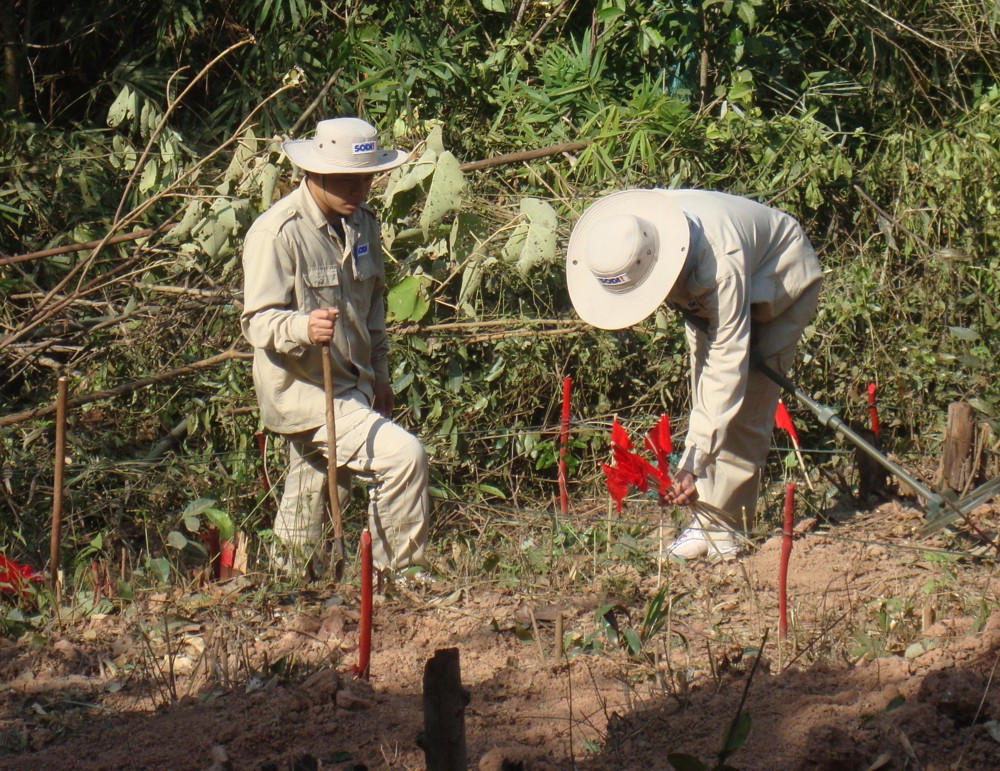Rural development and poverty eradication in Laos could face many challenges in the coming years before getting better in the long term, according to the National Committee for Rural Development and Poverty Eradication (NCRDPE).The challenges include unexpected developments and the fact that regional and international integration may impact the viability of rural commercial ventures because most Lao people are either small holder farmers or small business people.
Other issues include a lack of skilled human resources and limited access to finance, explained Mr. Chit Thavixay, an official from the NCRDPE at the meeting in Vientiane this week.
Despite the fact that the country has potential in terms of natural resources, its human resource potential is still limited in comparison with other countries in the region, Mr. Chit said.
Over the next five years, the committee plans to reduce the rates of poor people, poor villages and poor districts to less than 10 percent of the total nationwide as well as reduce the percentage of poor families to less than 5 percent.
The implementation will focus on three main priorities. Rural development should clearly change to become holistic development of the central and local levels together; there should be stable domicile allocation for rural staff as well as stable living conditions for local villagers.
In addition, the authorities should continue work to aggregate smaller villages into larger ones and transform larger villages into small towns in the districts.
Some rural areas have been inhabited for long periods of time while others are newly allocated areas in some of the poorest parts of the country.
The standard required to define villages as having left poverty includes there being both primary and secondary schools, health clinics or health centres, electricity, a market, year round road access and transportation services.
Between 2016 and 2020, some assessments about poor families and villages may differ from the past, especially as officials will no longer rely on income information as the basis of their classification as their assessment shall take into account the overall economic situation of a particular family or village.
Inspections in relation to poverty levels may be conducted up to three times a year depending on the requirements and if there is new information which is relevant.
The NCRDPE expects that under the new standards, poverty rates in some areas may actually rise with the change in statistical metrics.
After the government directed responsibility to the committee in drafting the five year development plan for 2016-2020, the committee has coordinated and consulted with different government agencies, organisations, institutes and banks.
There are many sectors providing support and cooperation towards the implementation of the work being undertaken by the National Committee for Rural Development and Poverty Eradication.
Over the next five years, the committee expects that it will receive about US$769 million (6,307 billion kip) in funding from domestic and foreign sources to carry out its rural development, poverty eradication and UXO clearance activities.
Source: Vientiane Times



